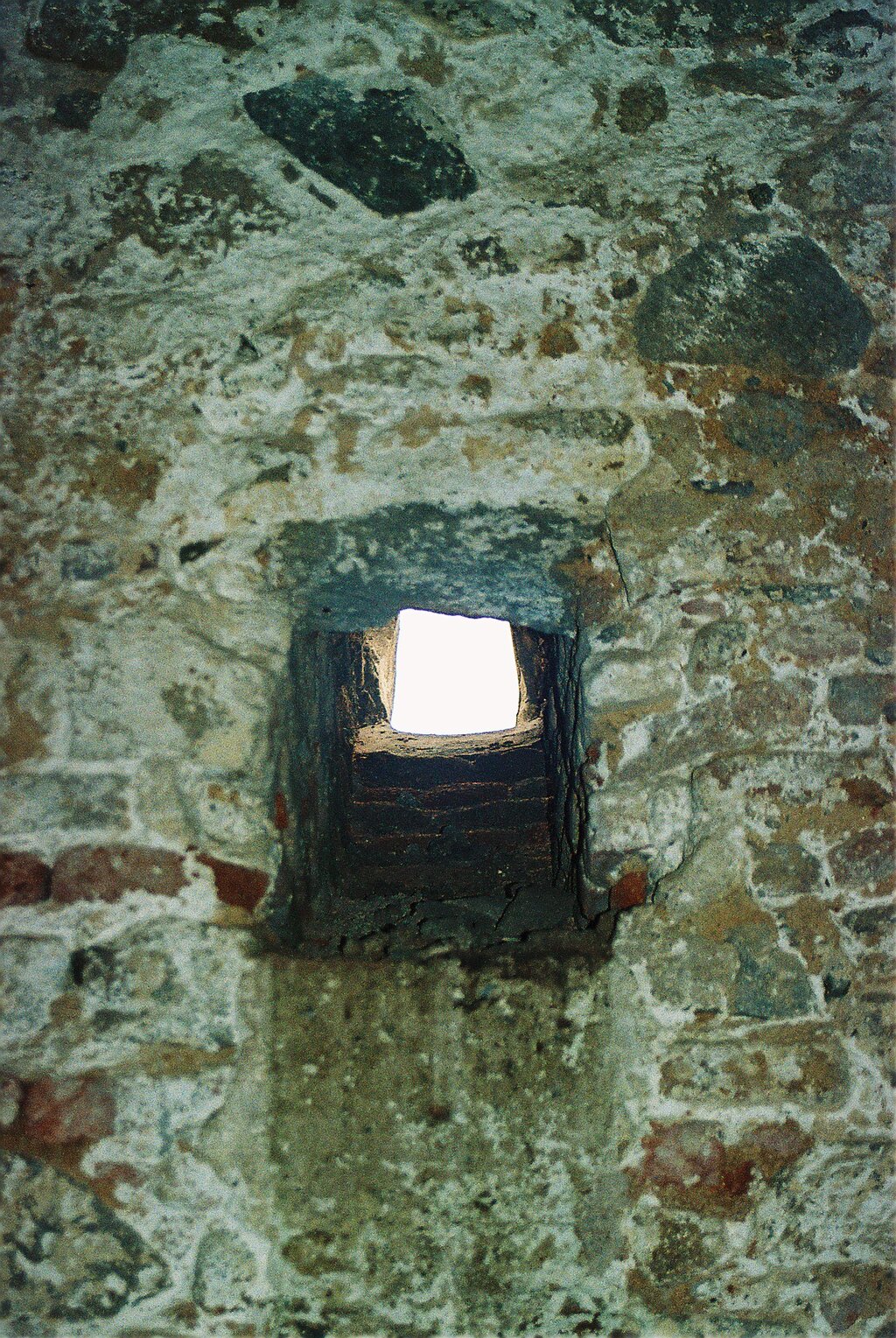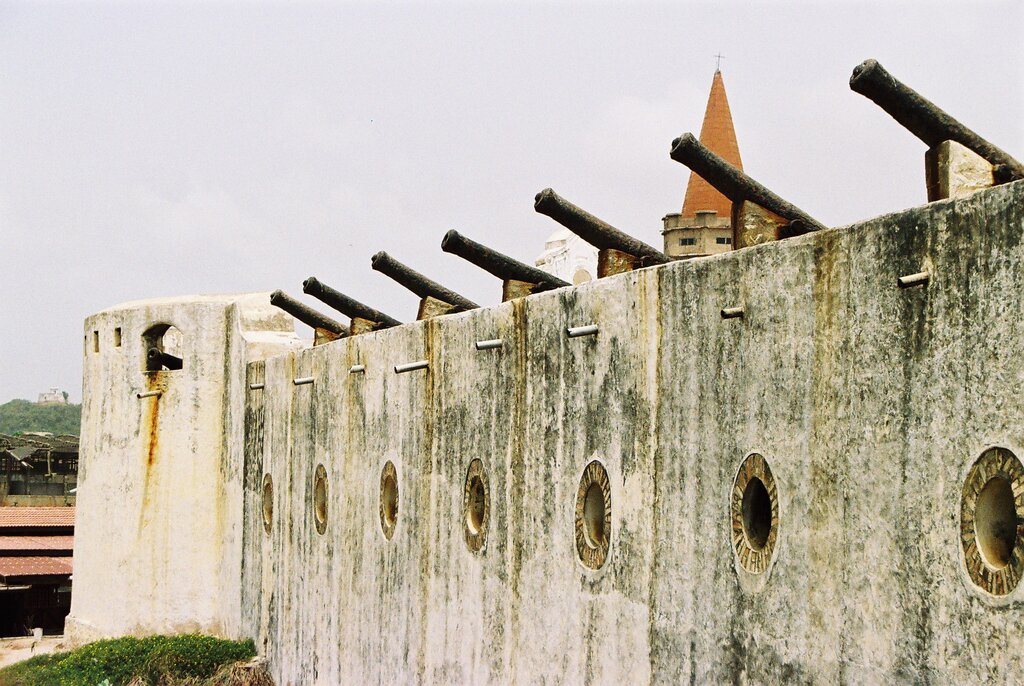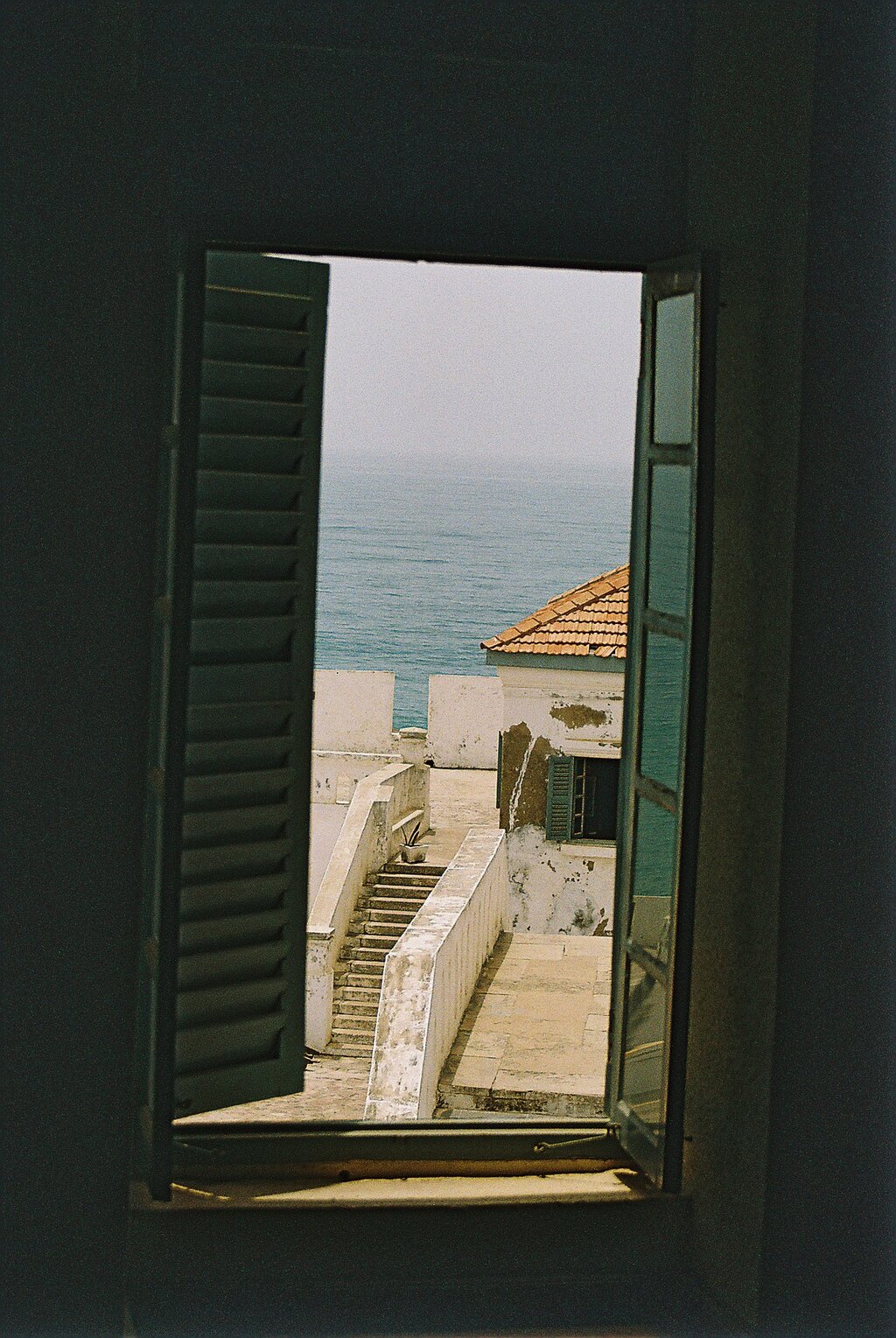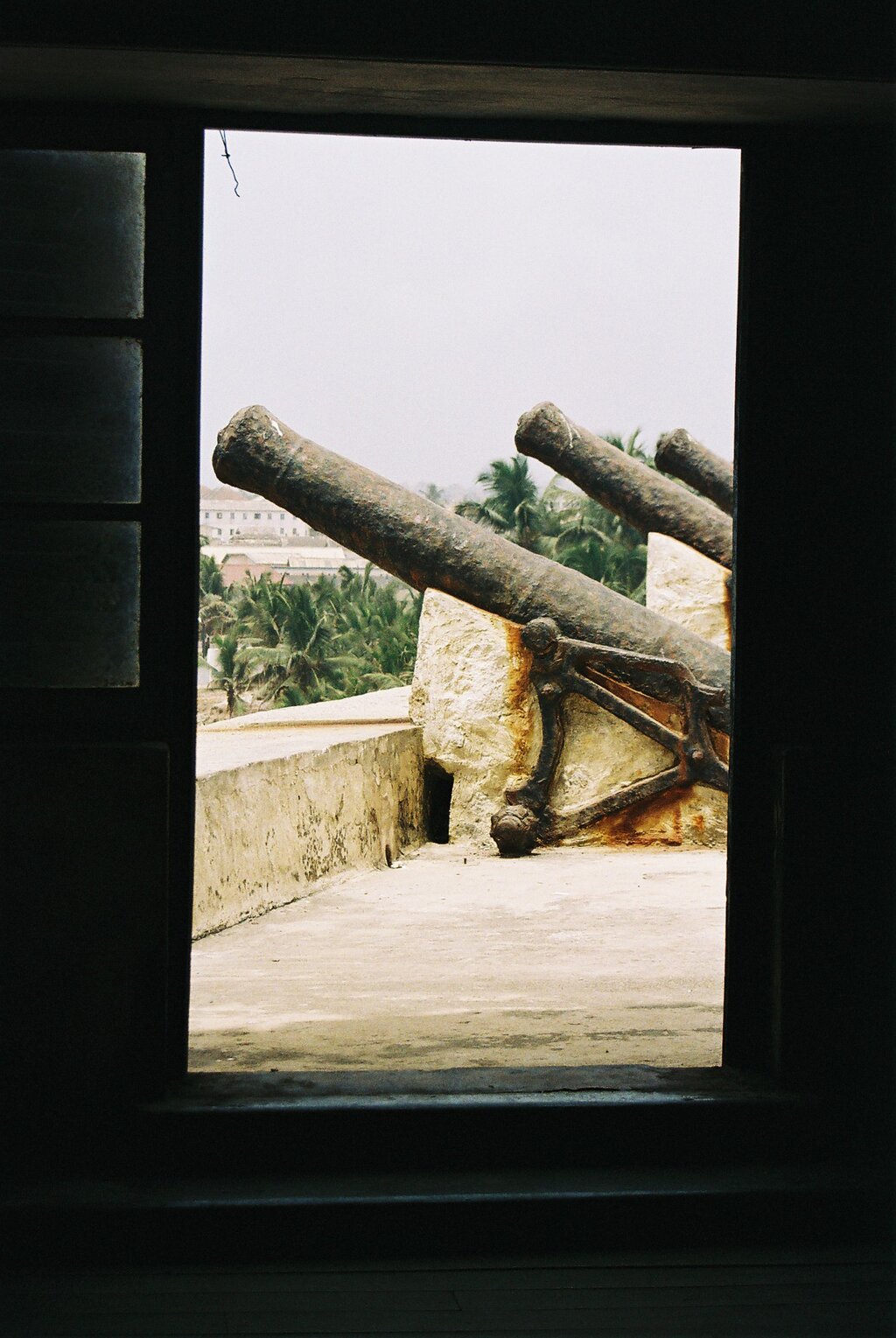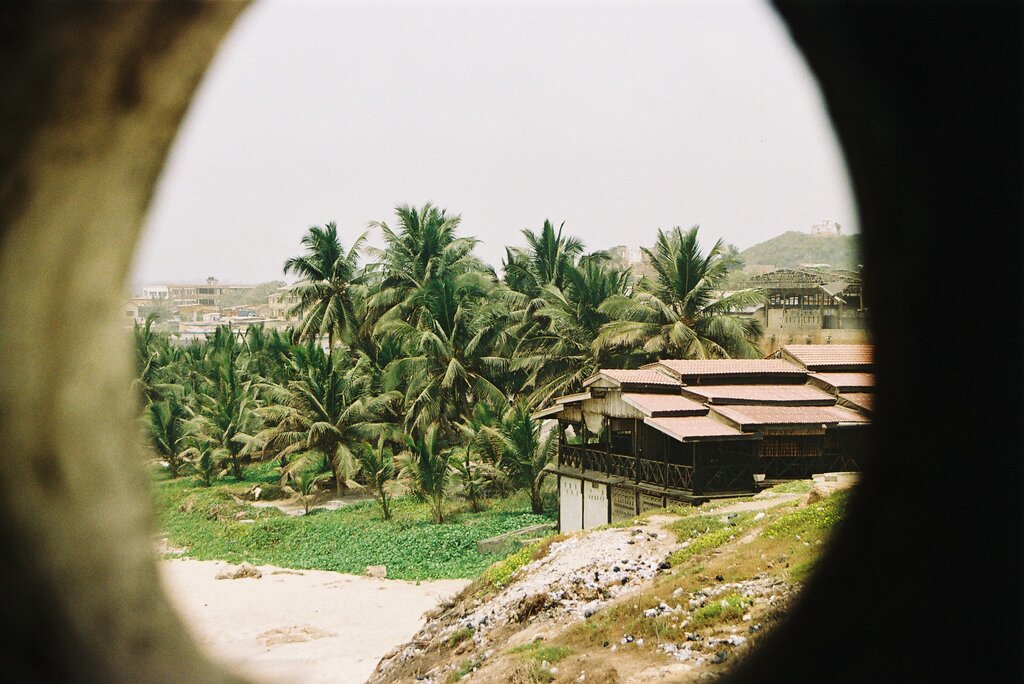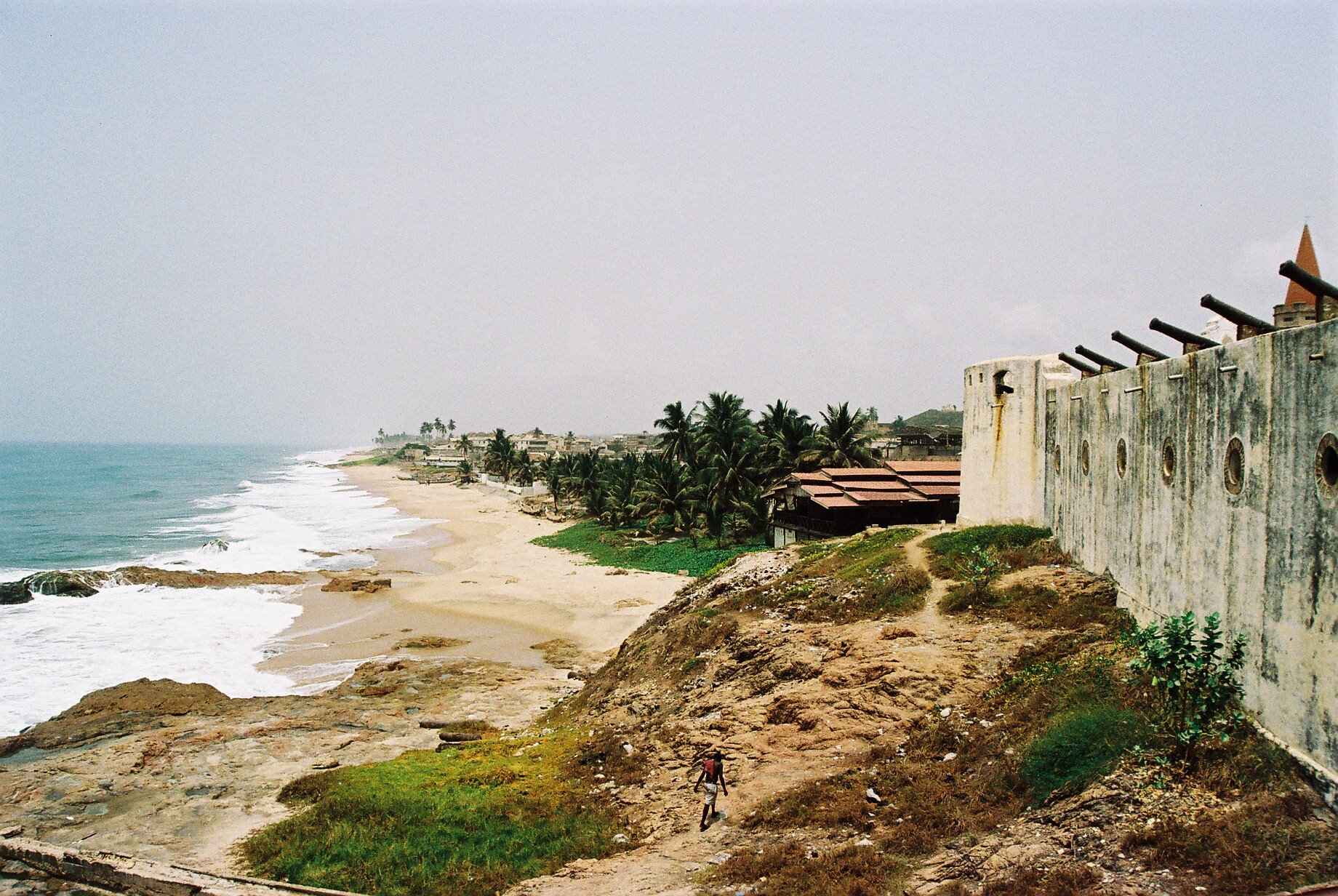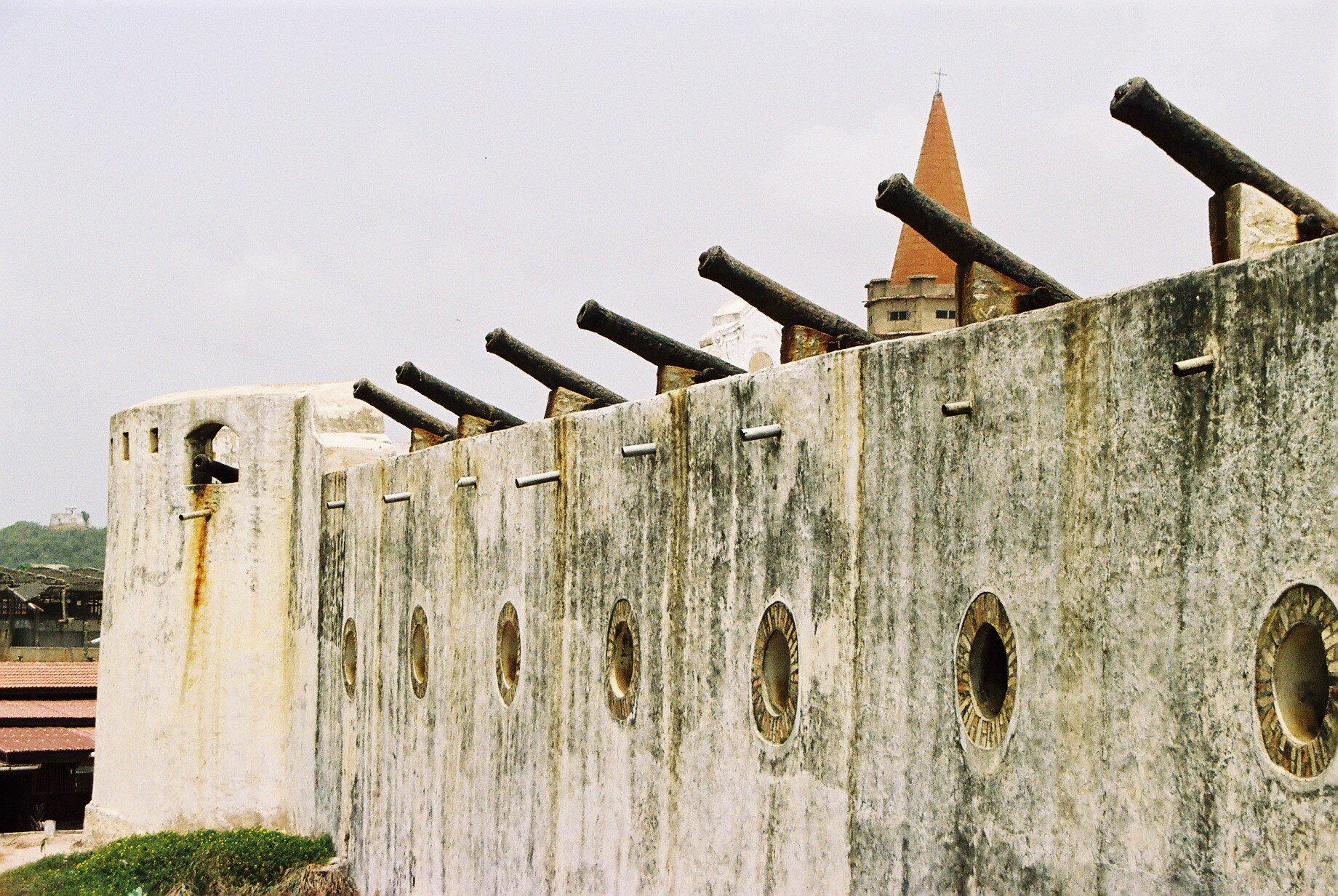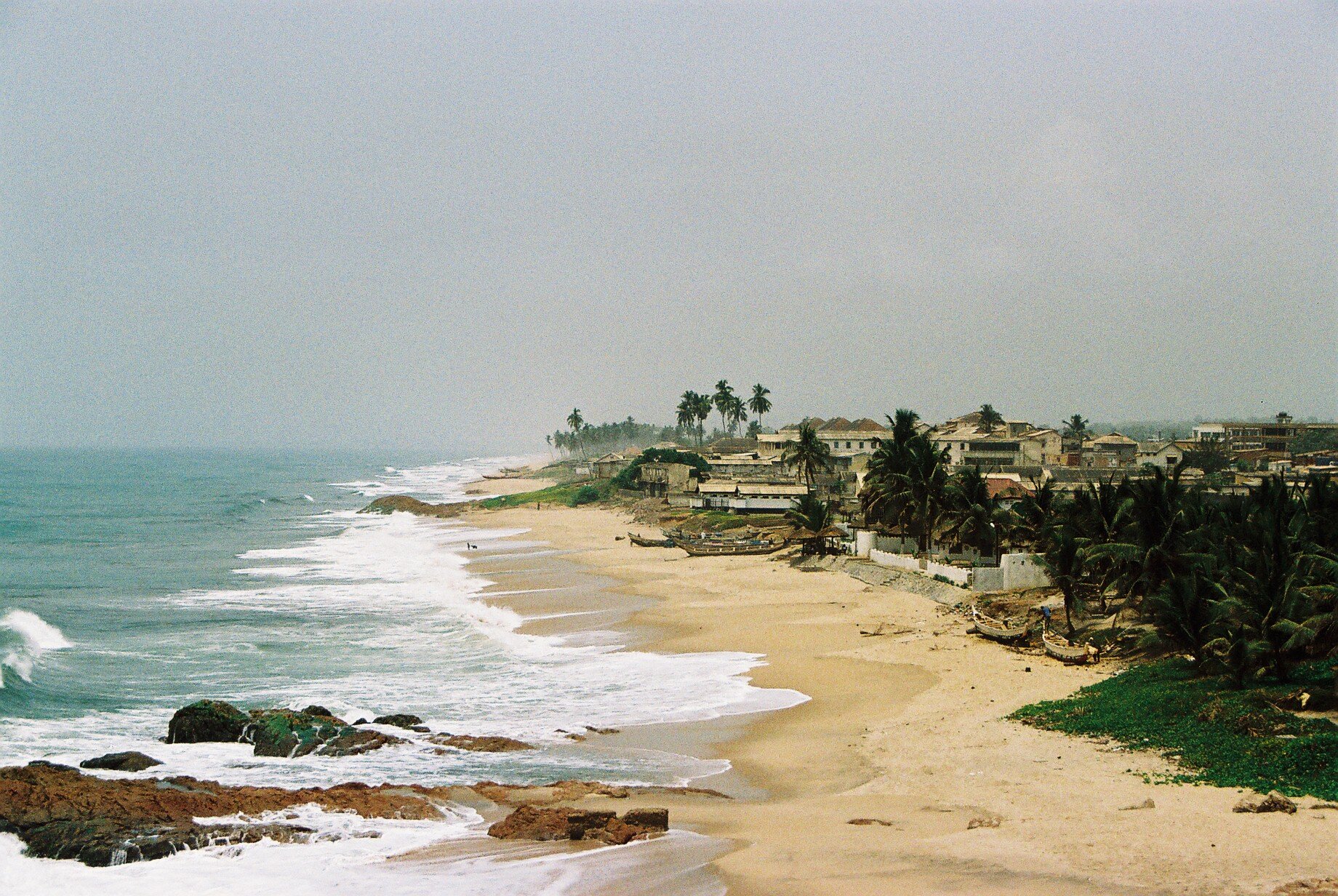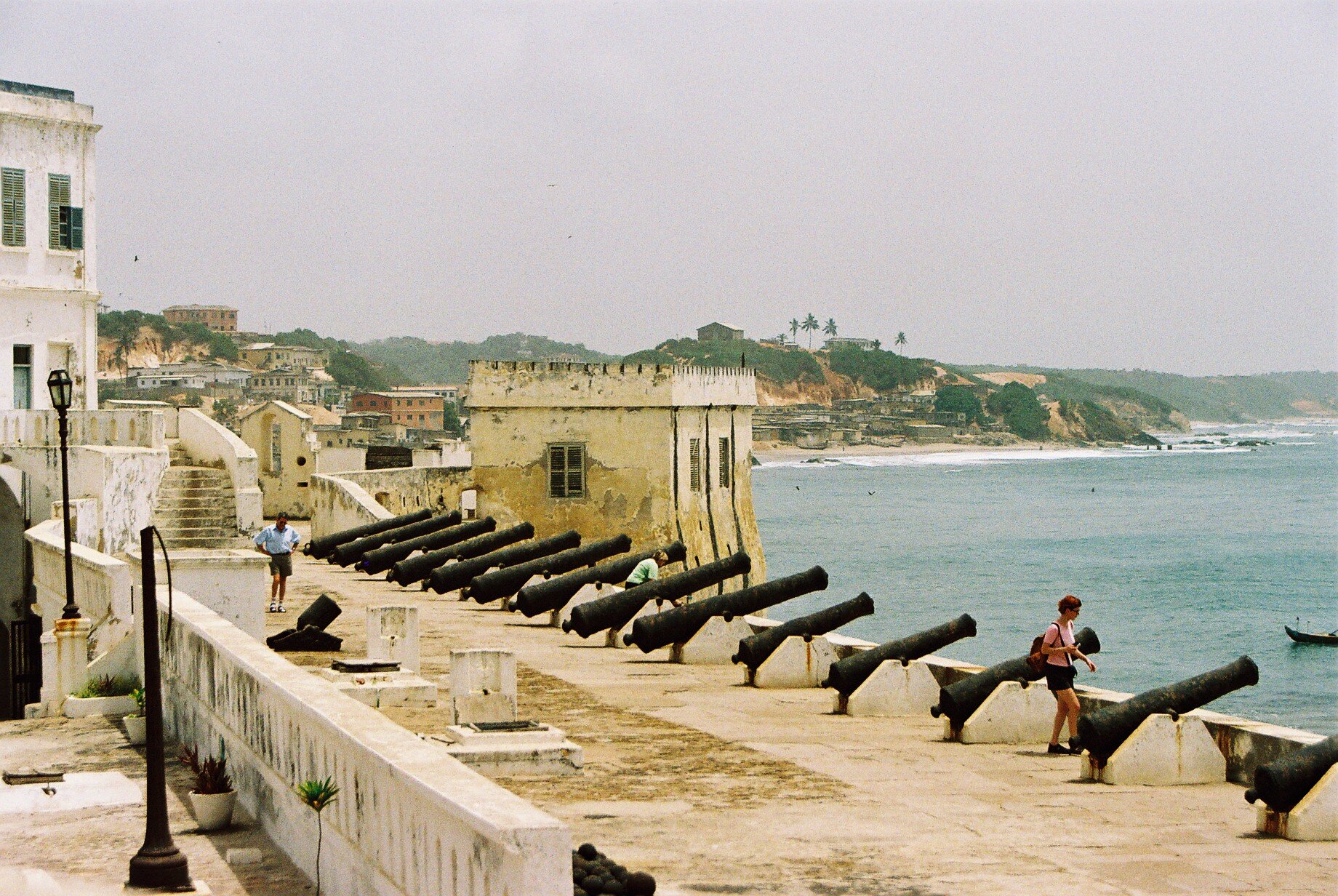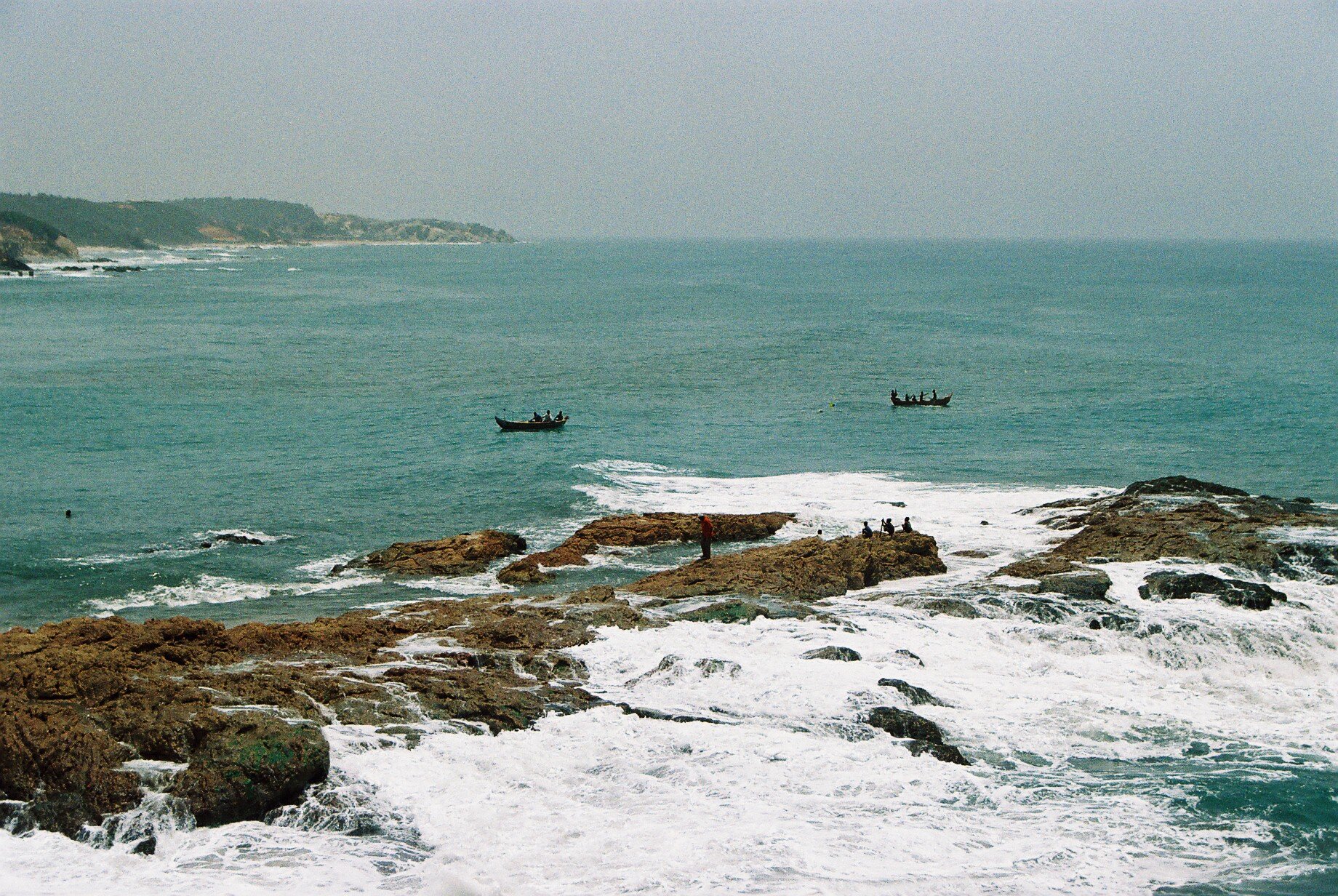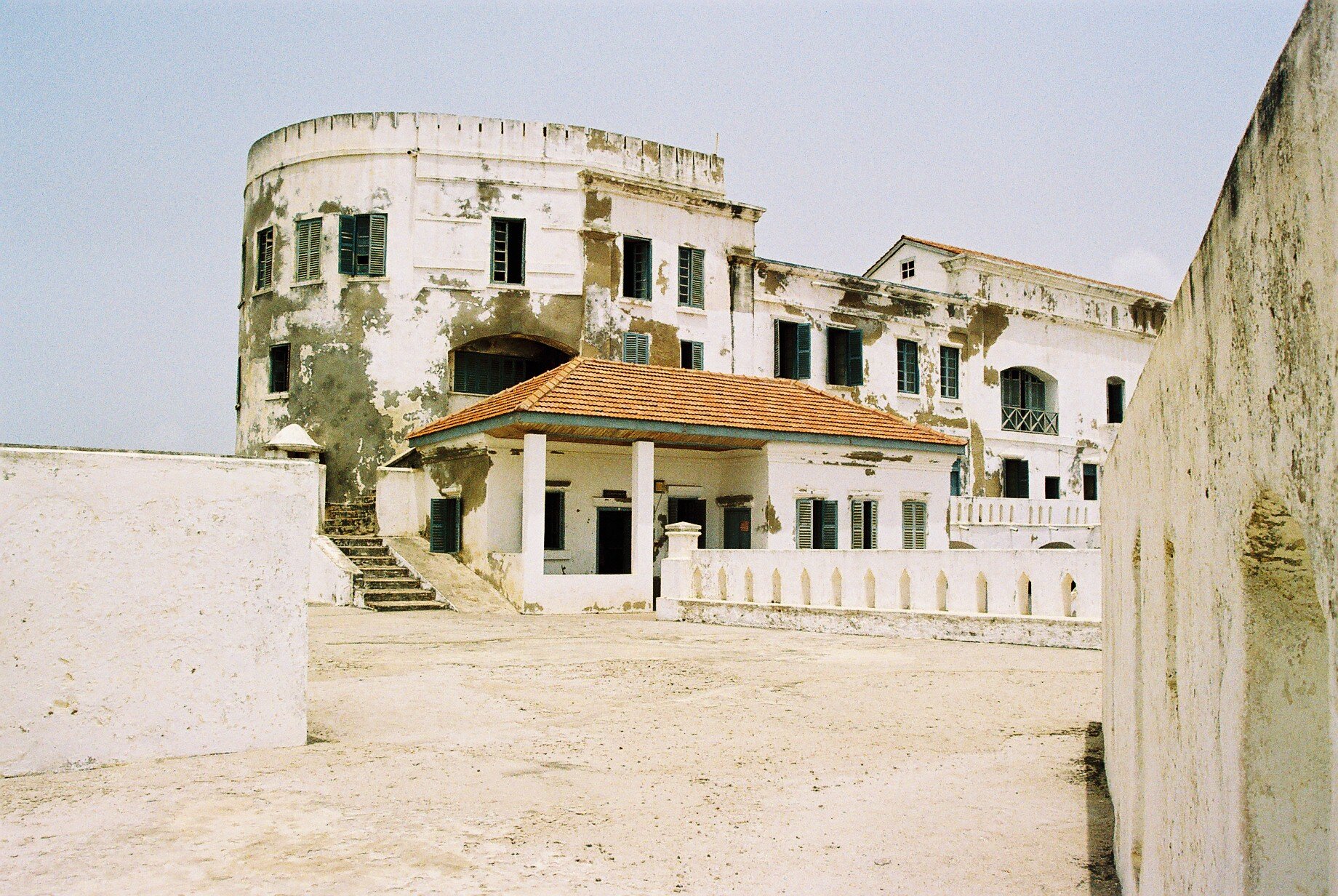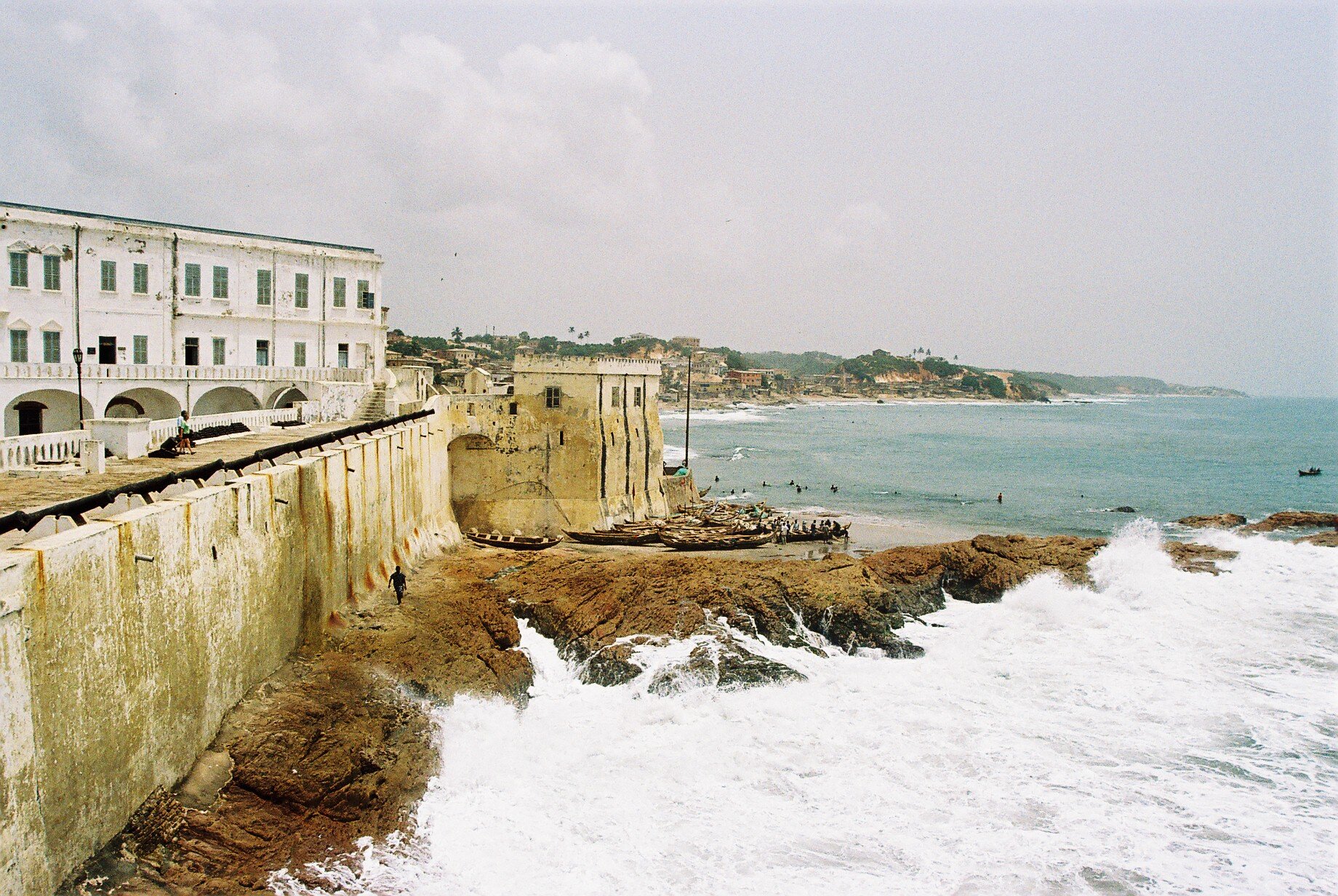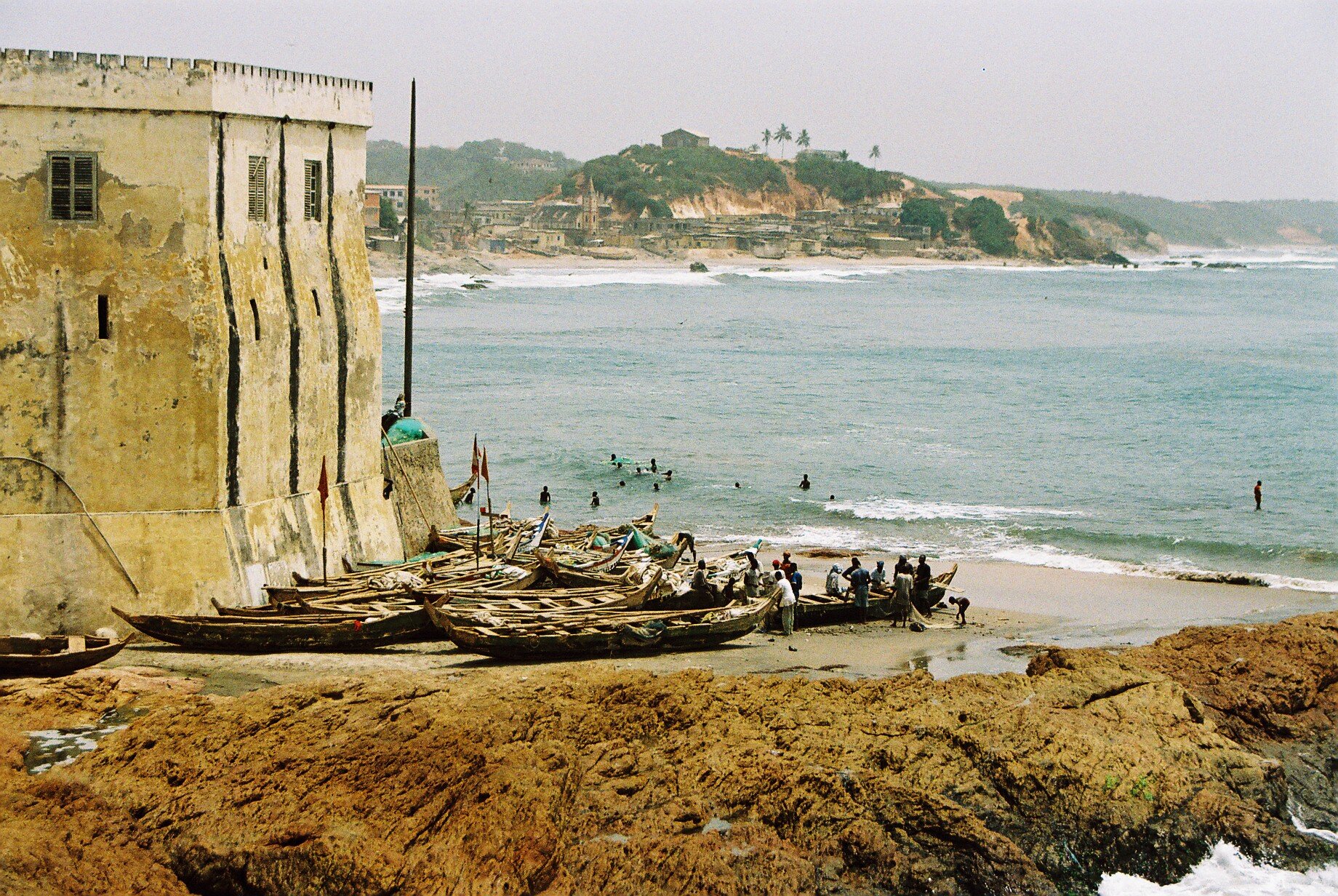Fort Victoria, Cape Coast: A Historic Outlook Post
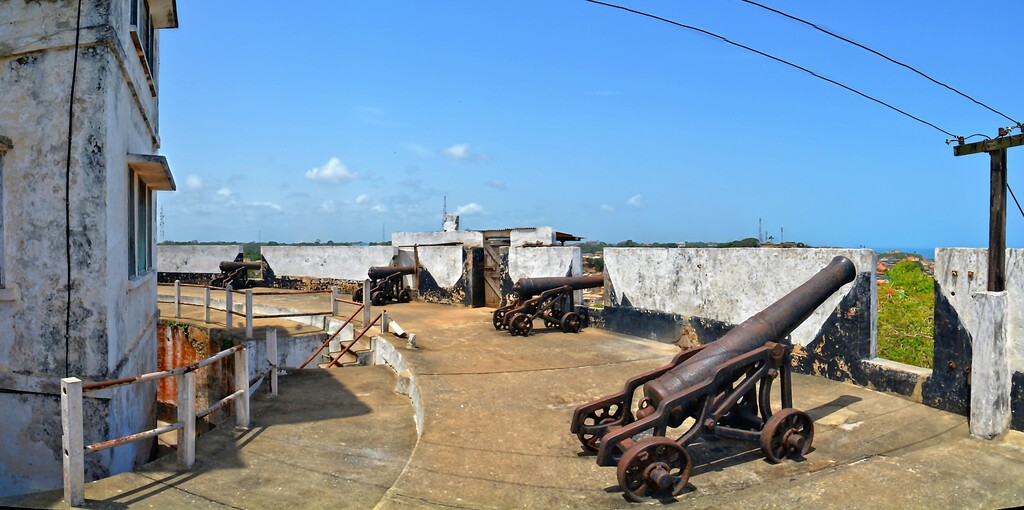
Fort Victoria, Cape Coast, Ghana (c) Remo Kurka
Since 1979, Fort Victoria has been proudly included in the UNESCO World Heritage listing, which encompasses Ghana's forts and castles. This designation underscores the fort's significant contribution to the narrative of European colonial history and its pivotal role during the Atlantic trade era, reflecting a complex exchange of cultures, goods, and ideas.
Strategically situated atop a prominent hill, Fort Victoria not only provides breathtaking views of the sprawling Atlantic Ocean but also overlooks the historic town of Cape Coast. Due to its proximity to Fort William, it is easily visible from there, further enhancing its importance in the realm of colonial defense and facilitating communication between the two forts. This advantageous location made it a key asset in the monitoring of maritime activities and the protection of the coastal region throughout its operational history.
